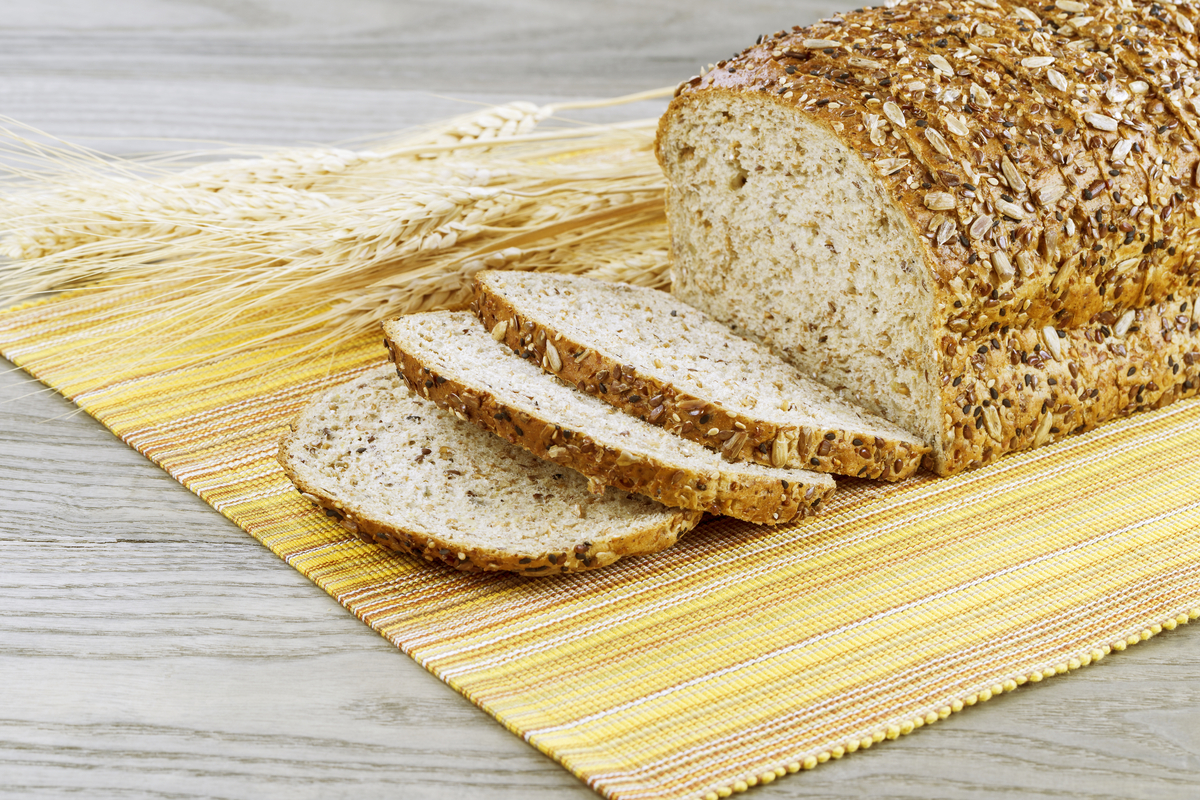By Laura Slatalla, Arizona State University Nutrition Student
You hear it all the time: eat whole grain. But, what is it really? A whole grain contains three key components: the germ, the bran, and the endosperm.
The bran contains the most fiber, B vitamins, and antioxidants. It’s the outside layer. Baby plants begin in the germ, which also contains B vitamins, protein, and fat. Endosperms provide food for a new plant in the form of carbohydrates and contain protein. A whole grain has all three parts. After refining, all that remains is the endosperm. Some whole grain products are created by grinding up the grain and keeping a normal rate of bran and germ to endosperm, but there are many foods that provide the whole intact grain.

Why Whole Grains?
Studies show that
- Whole grains are good for your heart. Fiber and antioxidants in whole grains can protect against cardiovascular disease.
- They contain complex carbohydrates, which help control your blood sugar, take longer to digest, and keep you full longer.
- Whole grains have been associated with weight loss and decrease your risk for obesity. The fiber in whole grains make you feel fuller while consuming less calories.
- Choosing whole grain options is good for your digestive health. They prevent constipation and diverticulosis.
- They are great sources of many nutrients, especially B vitamins, selenium, and magnesium. Magnesium helps build healthy bones, and selenium is good for the immune system.
- Eating whole grains may protect against some types of cancer.
- They may reduce risk for type 2 diabetes.
Whole grains contain more nutritious parts that are healthier in many different ways!
What are some different whole grains I can try?
A little variety can make meals fun and exciting again! Switch to whole grains and try out some that you don’t usually include in your recipes.
- Barley: Most of us have heard of beef and barley soup- it’s delicious! You can add barley to many soups and stews, but you can also serve it cold. Try a cold barley salad packed full of vegetables and flavor. You can add lemon or lime, beans, cheese, cumin, and whatever else you’d like to experiment with.
- Quinoa: Quinoa is one of the few plant foods that is also a complete protein, which means that it contains all the essential amino acids. It makes a great side when seasoned, but can also be used to stuff tomatoes or peppers. I love quinoa bowls filled with tomatoes, corn, beans, peppers, guacamole and sour cream as a one bowl easy and complete meal.
- Spelt or Kamut: These are ancient grains. Products like pasta and bread that are made with these often have more protein, vitamins, and minerals when compared to wheat. Spelt has more fiber than wheat, but kamut has less.
- Oats: Oats help control cholesterol and boost immune health. I associate them with breakfast, but they can also be used in breads, snack bars, and even in meatloaf instead of bread crumbs. Oats pair really well with fruits and berries.
- Brown Rice: Brown rice is also unrefined and can take the place of white rice in all your dishes! It actually has more flavor. It can be the base of chicken and broccoli, used in pilafs, or in soups and stews.
The Mediterranean diet, considered one of the healthiest diets has whole grains as the base of the diet. You can also find a variety of recipes that include whole grains on Fill Your Plate.

